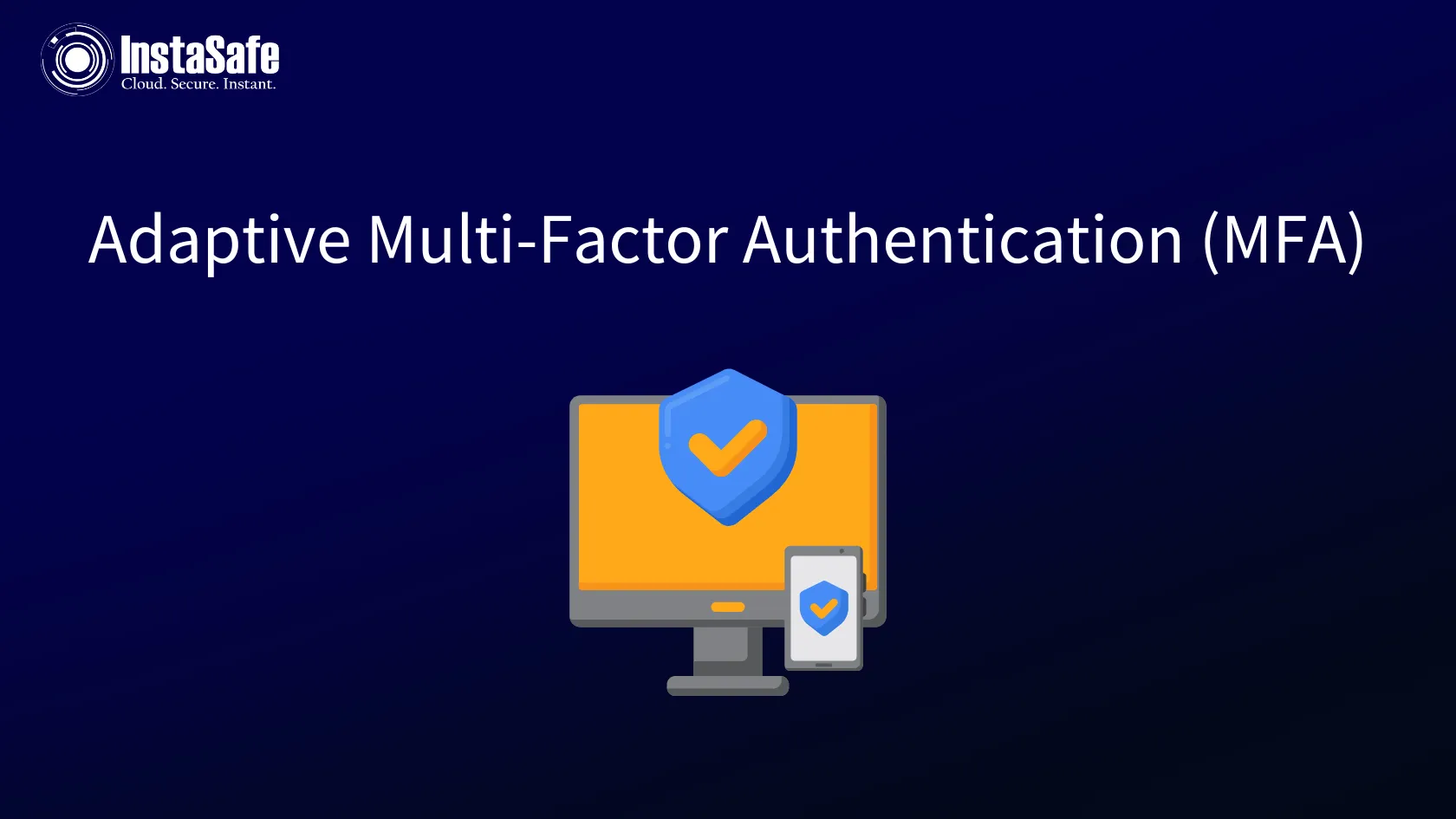Adaptive Multi-Factor Authentication (MFA)

As your business firm undergoes a digital transformation, the protection of data and controls over access become increasingly critical. This challenge is amplified by remote workforces and online users requiring access to critical applications and data.
Now, businesses have legal obligations to safeguard user data according to industry-specific data safety regulations. Improving authentication systems plays a vital role in addressing all these concerns.
There are two primary types of authentication methods: Multi-Factor Authentication and Adaptive Authentication, also known as risk-based authentication. It is advisable to use custom rules for Adaptive MFA only when end users are enrolled in MFA.
In cases where a user is not enrolled in MFA, and your rule identifies a high risk, limited options will be available to thwart malicious actors.
What is Adaptive Multi-Factor Authentication?
Adaptive MFA, or risk-based MFA, offers users authentication factors that dynamically adjust based on the calculated risk level associated with each login attempt.
Contextual information such as consecutive login failures, geolocation, device type, access time, and IP address determines the risk level. The presented authentication factors are tailored to the calculated risk level.
For example, if a user tries to log in from an unusual location and time, additional authentication factors will be required to verify their identity.
In some cases, when login conditions pose no risk, the MFA process can be bypassed, while suspicious activity may result in denied access to the requested resource.
How does Adaptive Authentication Function?
When an authentication request is identified as potentially malicious based on predefined risk factors for your application, it can initiate one or more of the following actions based on your business requirements:
- Email Notification: A notification email is sent to the consumer to inform them about the authentication request. If the consumer determines the request to be malicious, they can report it to the company for appropriate action.
- SMS Notification: An SMS is sent to the consumer's phone number to notify them about the authentication request. If the consumer suspects the authentication request to be malicious, they can inform the company accordingly.
This method is advantageous as consumers check SMS more frequently than email or may not have constant access to email.
- Multi-Factor Authentication: The consumer is prompted to verify their identity using a second authentication factor. The configuration of this factor can vary according to your business requirements.
- Blocking User Access: In this case, the account is immediately blocked if specific risk criteria are met. This prevents further login attempts. Additionally, the consumer must contact the company to have their access unblocked.
- Security Questions: The consumer is required to answer one or more security questions before proceeding with the authentication request.
- Push Authentication: In this method, the user receives a notification through the most secure communication channel available. The user then responds to the notification by taking a specific action to confirm their identity and gain access to the service.
Top Benefits of Adaptive MFA Solutions
Regarding Adaptive Risk-Based Authentication, both companies and users benefit from several advantages. This type of authentication ensures that low-risk activities are not unnecessarily burdensome while high-risk activities are appropriately protected against hacking attempts.
Here are the benefits of adaptive authentication for organisations:
- Frictionless Authentication: Adaptive MFA allows for a smoother user experience by reducing the need for excessive authentication levels while still safeguarding the system against fraudulent access attempts.
- Flexible and Secure Access: It enables customers, partners, and employees to access resources from any location securely.
- Updated Security Layer: Analysing risk factors and user behaviour provides a comprehensive and up-to-date security layer.
- Targeted Risk Triggers: Risk-based authentication only triggers when elevated-risk situations occur, avoiding lengthy authentication processes when unnecessary.
- Balanced Access Levels: It creates low barriers for accessing non-sensitive information while implementing high-security adaptive multi-factor authentication for sensitive gateways.
- Simplified Deployment and Maintenance: IT staff benefits from easier deployment and maintenance as identity challenges are limited.
- BYOD Security Resolution: Context-based authentication addresses concerns associated with Bring Your Own Device (BYOD) policies by differentiating between mobile devices and their respective security vulnerabilities.
Conclusion
Relying solely on usernames and passwords cannot provide sufficient security for users and organisations, as attackers constantly find ways to overcome weak defence systems.
Additionally, Multi-Factor Authentication may not be effective in certain high-risk scenarios, highlighting the requirement for a more robust security mechanism.
Recently, Adaptive MFA can be integrated into user Identity and Access Management platforms, emerging as the preferred approach. This ensures that only authenticated users can access data and resources, enhancing overall security.
Key Products
Multi Factor Authentication | Identity And Access Management | ZTNA | Zero Trust Application Access | Secure Enterprise Browser
Key Features
Single Sign On | Endpoint Security | Device Binding | Domain Joining | Always On VPN | Contextual Access | Clientless Remote Access | Device Posture Check
Key Solutions
VPN Alternatives | DevOps Security | Cloud Application Security | Secure Remote Access | VoIP Security
